Blog
Jewellok is a professional pressure regulator and valve manufacturer and supplier.
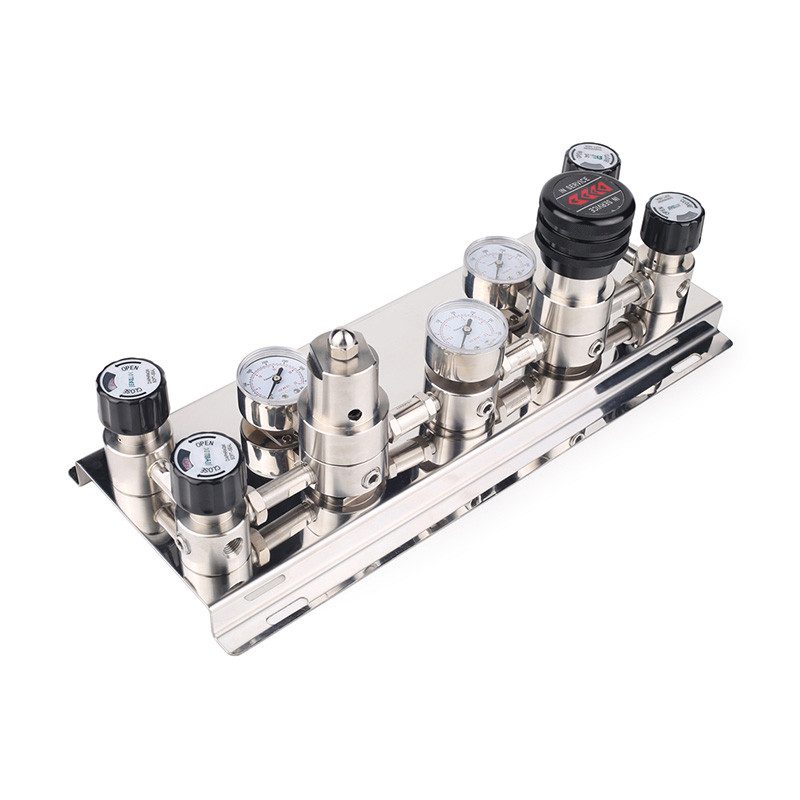
How Does SiH4 Gas Manifold Work?
- Pressure Regulator Valve Manufacturer
- argon gas manifold system, Best gas manifold system manufacturers, compressed gas manifold systems, custom gas manifolds, gas cylinder manifold systems, gas manifold from cylinders, Gas manifold system manufacturers, high pressure gas manifold system, industrial gas manifolds, lpg gas manifold system, lpg gas manifold system manufacturer, nitrogen gas manifold system, sih4 gas manifold, Sih4 gas manifold manufacturers, SiH4 NF3 NH3 Gas Valve Manifold Boxes, welding gas manifold, welding gas manifold system, what is a gas manifold
- No Comments
How Does SiH4 Gas Manifold Work?
In the realm of semiconductor manufacturing and advanced materials processing, silane gas (SiH4) plays a pivotal role. This colorless, pyrophoric gas is essential for depositing thin films of silicon onto substrates, enabling the creation of intricate microelectronic components. However, handling SiH4 is fraught with challenges due to its highly reactive nature—it can ignite spontaneously upon contact with air and poses significant toxicity risks. To manage these hazards while ensuring precise and reliable delivery, specialized gas manifolds are employed. These systems act as the backbone of gas distribution in cleanroom environments, controlling the flow, pressure, and purity of SiH4 from storage to point-of-use.
A SiH4 gas manifold is essentially a sophisticated assembly of pipes, valves, regulators, and sensors designed to safely transport and regulate the gas. It integrates multiple components to prevent leaks, maintain consistent supply, and incorporate fail-safes against accidents. Understanding how these manifolds work is crucial for engineers, technicians, and safety professionals in industries like semiconductors, photovoltaics, and flat-panel displays. This article delves into the mechanics of SiH4 gas manifolds, exploring their components, operational principles, safety features, applications, and maintenance requirements. By the end, readers will gain a comprehensive insight into this critical technology, highlighting why meticulous design is necessary for handling such a volatile substance.
The importance of SiH4 manifolds cannot be overstated. In semiconductor fabrication, where processes like chemical vapor deposition (CVD) demand ultra-high purity and precise control, any disruption or contamination can lead to defective wafers and substantial financial losses. Manifolds ensure that SiH4 is delivered at the right pressure and flow rate, often mixed with inert gases like nitrogen to dilute its concentration and enhance safety. As the industry pushes toward smaller node sizes and more efficient production, advancements in manifold technology continue to evolve, incorporating automation and real-time monitoring.

Basics of Silane Gas (SiH4)
Silane, chemically known as silicon tetrahydride (SiH4), is a hydride gas composed of one silicon atom bonded to four hydrogen atoms. It resembles methane in structure but exhibits far more reactive properties. At room temperature, SiH4 is a gas with a boiling point of -112°C and a melting point of -185°C. Its most notable characteristic is pyrophoricity: it auto-ignites in air at concentrations between 1.37% and 96% by volume, without needing an ignition source. This wide flammable range makes it extremely hazardous, as even small leaks can result in fires or explosions.
In industrial applications, SiH4 is typically supplied in compressed gas cylinders made of high-strength steel or aluminum, often with capacities ranging from 10 to 50 liters. The gas is stored at pressures up to 1500 psi, and cylinders are equipped with specialized valves to prevent accidental release. Purity levels are critical; electronic-grade SiH4 exceeds 99.999% purity to avoid impurities that could compromise semiconductor performance.
Toxicity adds another layer of concern. SiH4 is highly toxic by inhalation, with an LC50 (lethal concentration for 50% of test subjects) of around 9600 ppm in rats over four hours. Exposure can cause respiratory irritation, headaches, and in severe cases, pulmonary edema. Long-term effects include potential silicosis from silicon deposition in lungs. Due to these risks, handling SiH4 requires compliance with stringent regulations, such as those from OSHA and NFPA, which mandate enclosed systems and personal protective equipment.
SiH4’s reactivity stems from the weak Si-H bonds, which readily break to form siloxanes or silicon dioxide when exposed to oxygen or moisture. This property is harnessed in manufacturing but necessitates inert environments during storage and transport. Mixtures with nitrogen or helium are common to reduce flammability, typically at concentrations below 2% SiH4 to stay below the lower explosive limit.
Overview of Gas Manifolds in the Semiconductor Industry
Gas manifolds in semiconductor facilities are centralized distribution hubs that manage multiple gases, including toxics like SiH4, corrosives like HCl, and inerts like Ar. For SiH4 specifically, the manifold is often housed in a gas cabinet or bunker to isolate it from the main production area. These systems are designed for high reliability, with redundancy to ensure uninterrupted supply during cylinder changes.
A typical setup includes a source manifold connected to cylinders, a distribution manifold for multiple outlets, and control panels for automation. In semiconductor fabs, manifolds feed into process tools like CVD reactors, where SiH4 decomposes at high temperatures (around 600-800°C) to deposit silicon layers. The manifold’s role is to regulate pressure from cylinder levels (high) to tool requirements (low, often 10-50 psi), while maintaining purity through electropolished stainless steel tubing to minimize particle generation.
Manifolds can be manual, semi-automatic, or fully automatic. Manual systems require operator intervention for cylinder swaps, while automatic ones use pressure sensors to switch between banks seamlessly. For SiH4, automatic changeover is preferred to minimize human exposure. Integration with facility management systems allows remote monitoring, enhancing operational efficiency.
Components of SiH4 Gas Manifold
The SiH4 gas manifold comprises several interconnected components, each serving a specific function in gas handling.
1. Gas Cylinders and Connections: The primary source is cylinders filled with compressed SiH4. Connections use CGA (Compressed Gas Association) standard fittings, like CGA 350 for silane, to ensure compatibility and leak-proof seals. Restrictor orifices are often installed at the cylinder valve to limit flow rates, preventing rapid releases that could lead to explosions.
2. Pressure Regulators: These reduce high cylinder pressure to usable levels. Dual-stage regulators are common for precise control, with the first stage dropping pressure to an intermediate value and the second fine-tuning it. Materials like 316L stainless steel resist corrosion from potential decomposition products.
3. Valves: A variety of valves control gas flow. Isolation valves shut off sections for maintenance, check valves prevent backflow, and pneumatic valves automate operations using compressed air. Excess flow valves (EFVs) activate if flow exceeds a threshold, indicating a leak.
4. Manifold Panels: The core assembly where multiple cylinders connect. A valve manifold panel (VMP) allows switching between active and reserve cylinders. For SiH4, these are often enclosed in ventilated cabinets with negative pressure to contain leaks.
5. Purge Systems: Essential for safety, purge lines use inert gas (e.g., N2) to flush the system before and after cylinder changes, removing residual SiH4 and preventing air ingress. Vacuum generators or eductors assist in evacuation.
6. Filters and Purifiers: Point-of-use filters remove particulates, while purifiers eliminate moisture and oxygen, which could react with SiH4.
7. Sensors and Monitoring Equipment: Pressure transducers, flow meters, and gas detectors monitor parameters. UV/IR flame detectors sense ignition, while toxic gas monitors alert to leaks.
These components are welded or orbital-welded to minimize joints, reducing leak risks. The entire system is helium leak-tested to rates below 10^-9 atm-cc/s.
Working Principle of SiH4 Gas Manifold
The operation of a SiH4 gas manifold follows a structured sequence to ensure safe and efficient delivery.
First, cylinders are connected to the manifold in a gas room or bunker. The system is initially purged with nitrogen to displace air. Once secured, the cylinder valve is opened, allowing SiH4 to flow into the regulator, where pressure is stepped down.
In an automatic changeover manifold, pressure sensors detect when the active cylinder nears depletion (e.g., below 100 psi). The system then switches to the reserve cylinder via solenoid valves, triggering an alarm for replacement. During changeover, a brief purge maintains continuity.
Gas then passes through filters and flow controllers, which use mass flow controllers (MFCs) for precise metering, often in sccm (standard cubic centimeters per minute). The manifold distributes to multiple lines, each with isolation valves for individual tool control.
Purging is integral: before disconnecting a cylinder, the line is evacuated and backfilled with N2 multiple times. This cycle removes SiH4 residues, preventing auto-ignition upon exposure to air.
In delivery, SiH4 may be blended with carrier gases in a mixing manifold for specific recipes. The gas reaches the process chamber, where it’s heated or plasma-activated for deposition.
Throughout, the control system—often PLC-based—monitors variables. If anomalies like pressure drops or leaks occur, emergency shutdown valves (ESVs) isolate the source.
This principle ensures minimal downtime, with manifolds supporting 24/7 operations in fabs.
Safety Features in SiH4 Gas Manifolds
Given SiH4’s hazards, manifolds incorporate multilayered safety features.
1. Enclosure and Ventilation: Gas cabinets maintain negative pressure with exhaust rates of 200-300 cfm, diluting potential leaks below flammable limits. Scrubbers treat exhaust to neutralize silane.
2. Detection Systems: Continuous monitoring uses electrochemical sensors for SiH4 at ppm levels, with alarms at 5 ppm (TLV). Flame detectors trigger shutdowns upon ignition.
3. Emergency Isolation: Pneumatic ESVs close automatically on alarm, isolating the manifold. Redundant power supplies ensure functionality during outages.
4. Flow Restriction: Orifices limit release rates to below 1 scfm, giving time for response.
5. Fire Suppression: Dry chemical or CO2 systems extinguish fires without reacting with SiH4.
6. Interlocks and Alarms: Doors interlock to prevent opening during operation; audible/visual alarms notify personnel.
7. Personal Protection: Though not part of the manifold, protocols include SCBA and training.
These features comply with codes like NFPA 318, minimizing risks.
Applications of SiH4 Gas Manifolds
Primarily in semiconductors for polysilicon, amorphous silicon, and silicon nitride deposition. In solar cells, for thin-film photovoltaics. Also in flat-panel displays and research labs for nanomaterials.
Maintenance and Best Practices
Regular inspections check for leaks, calibrate sensors quarterly, and replace components annually. Best practices include operator training, emergency drills, and using compatible materials.

Conclusion
SiH4 gas manifolds exemplify engineering ingenuity in handling dangerous materials. By integrating robust components, precise controls, and advanced safety, they enable innovation in high-tech industries. As demands grow, future manifolds may incorporate AI for predictive maintenance, further enhancing reliability.
For more about how does sih4 gas manifold work, you can pay a visit to Jewellok at https://www.jewellok.com/product-category/gas-cabinet/ for more info.
Recent Posts
How Does SiH4 Gas Manifold Work?
The Best Ultra High Purity Diaphragm Valves Manufacturer in China
Do You Know the Hidden Uses of the Two Stage Pressure Regulator?
What is a Specialty Gas Pressure Reducing Valve Used For?
What is a Low Pressure Manual Diaphragm Valve Used For?
The Best Ultra High Purity Diaphragm Valves Manufacturer in China
A Comprehensive Guide to Ultra High Purity Diaphragm Valves
Tags
Recommended Products
-
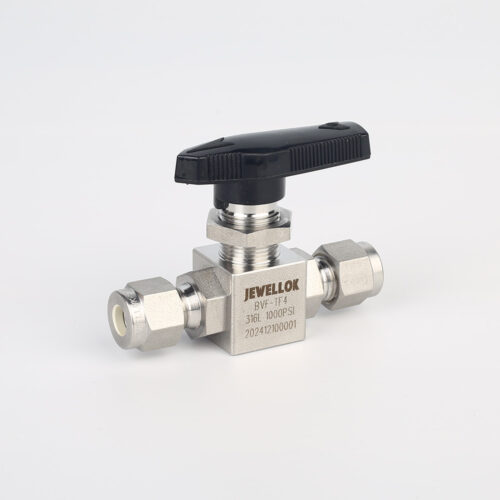
Stainless Steel High Purity High Temperature Pneumatic Actuated Ball Valves JBV2 Series
-

Semi Automatic Oxygen Nitrogen Helium Argon Gas Changeover Manifold Manual Gas Changeover Manifold Panel For Gas Cylinders
-
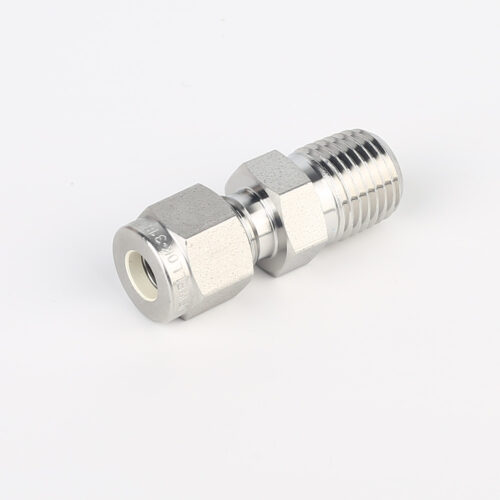
768L Stainless Steel Male Tube Butt Weld Connector | Clean Weld Fittings And Ultra-High Purity Fittings
-
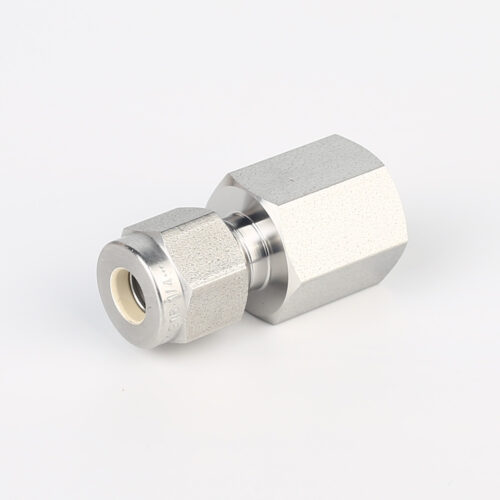
766L High Purity Female Connector UHP Fitting Female Connector
-
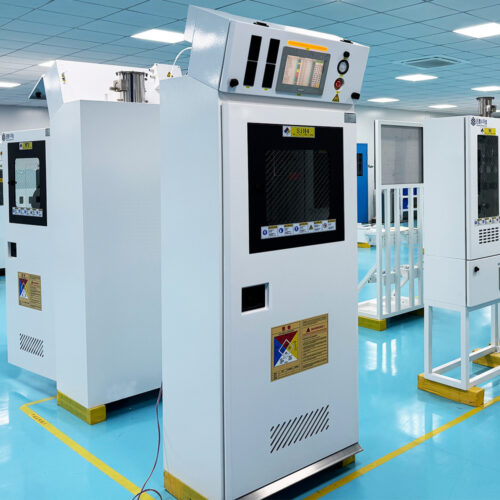
High Purity Bulk Specialty Gas Pressure Control And Filtration Bulk Gas Skid Systems JW-300-BSGS
-
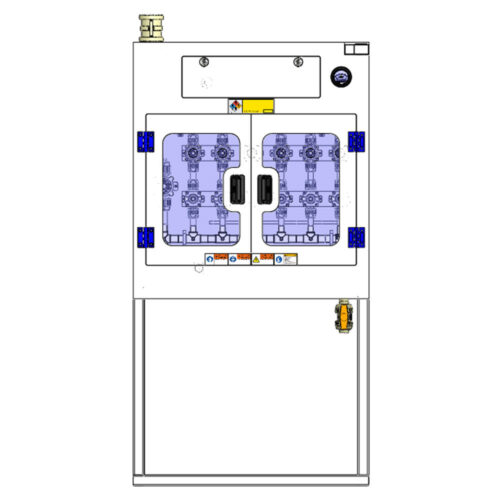
High Purity Configurable Systems VMB Valve Manifold Box JW-200-VMB-C & JW-100-VMB-C
-
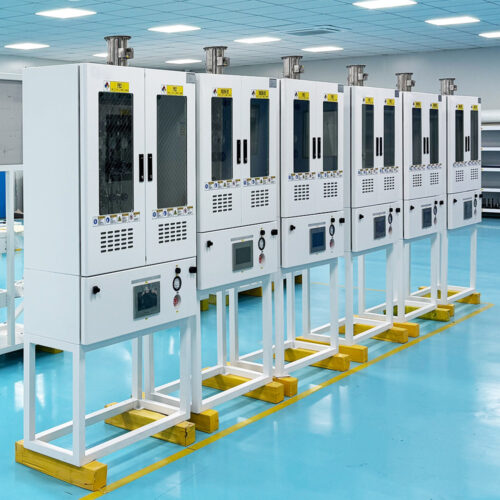
VMB Valve Manifold Panels And Boxes High Purity Configurable Systems JW-200-VMB & JW-100-VMB
-
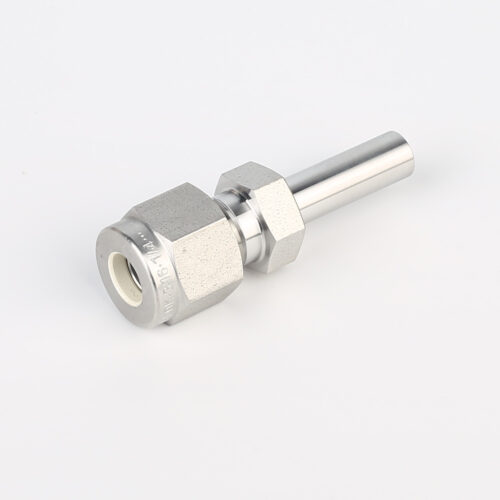
767LT Reducer Pressure Reducing Valve Adjustment High purity Pressure Reducing Union Fittings And Tubing